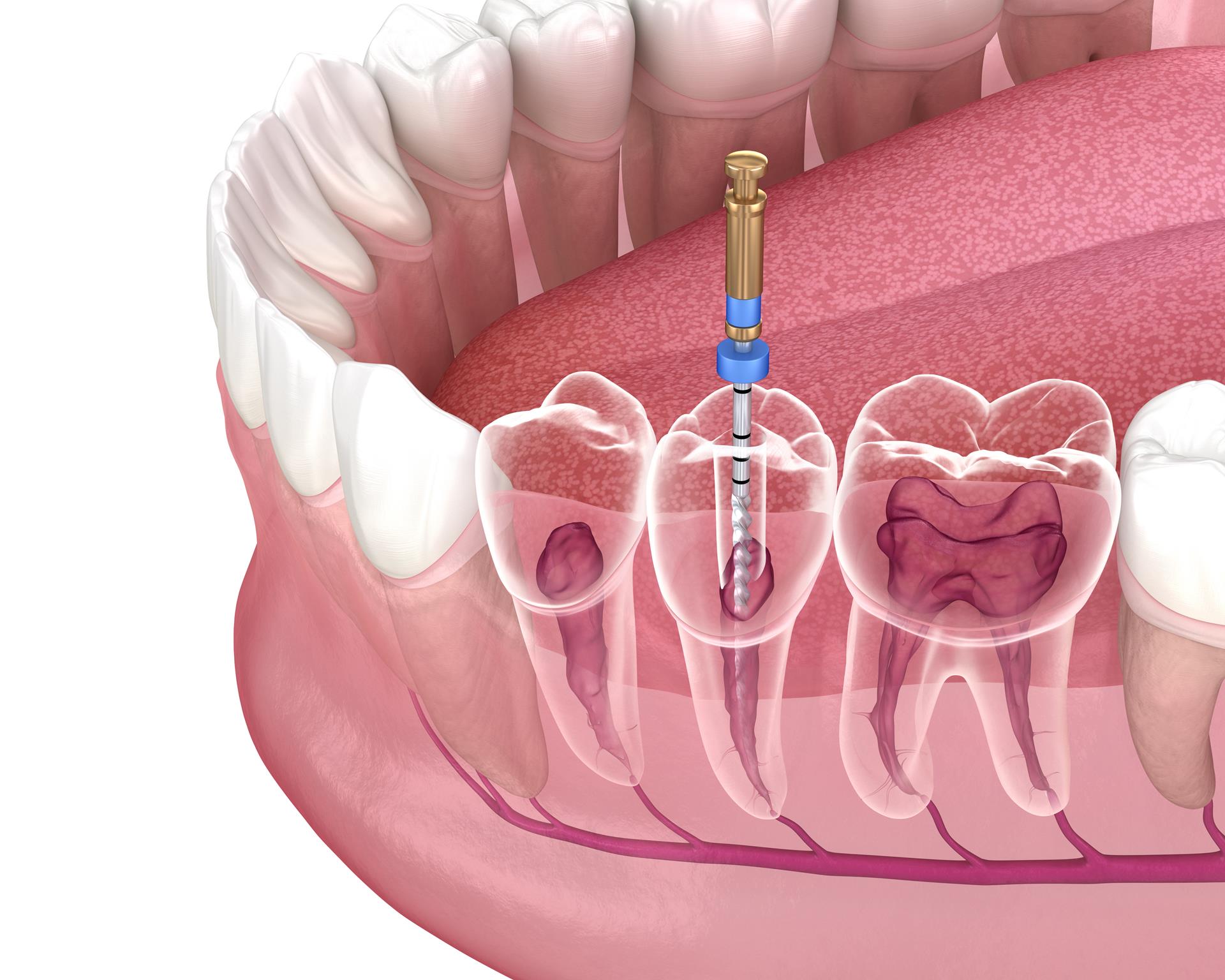
What Is Endodontics?
Endodontics is the dental specialty focused on the tissues and structures inside the tooth. The most common treatment is root canal therapy, which relieves pain caused by bacterial infection deep within the tooth’s pulp. This procedure not only eases discomfort but also stops infection by removing dead and dying tissue, helping to save the tooth from extraction.
Request an AppointmentBeyond Root Canals
Endodontics also addresses dental trauma, performs microsurgery at the tips of tooth roots, and diagnoses complex tooth pain that may come and go or is difficult to locate. This specialty offers many ways to preserve your natural teeth.
The Inside Story of Your Teeth
Beneath the hard, shiny enamel of the tooth crown lies dentin—a strong tissue that forms most of the tooth’s bulk. Dentin contains tiny tubules that can transmit sensations to nerve cells.
At the core of the tooth, inside small chambers called root canals, lies the soft pulp tissue, which contains nerves, connective tissue, and blood vessels. These canals extend to the root tips. Infection or inflammation in the pulp often first causes tooth sensitivity or sharp pain. If untreated, nerve death may reduce pain but the infection persists, potentially resulting in tooth loss.
The “Root” of the Problem
Pulp tissue can become diseased due to untreated tooth decay, which allows bacteria to reach deep inside the tooth. Cracks or fractures may also let microorganisms infect the pulp.
Dental trauma, such as sports injuries, can damage the dentin or pulp, exposing it to infection. Extensive dental work or even orthodontic treatment can sometimes lead to root canal problems.
Endodontic Treatment Process
Contrary to the old joke, root canal treatment doesn’t cause pain—it relieves it. Typically performed under local anesthesia, the procedure is no more uncomfortable than a regular filling.
The process begins with numbing the area. A small opening is made in the tooth to access the pulp chamber and root canals. Tiny instruments, often used with a microscope, remove infected tissue. The canals are then cleaned, disinfected, and filled with a safe, inert material. Finally, the opening is sealed to prevent contamination.
Other endodontic treatments may be needed to remove infection sources and prevent future problems. Afterward, a dental restoration like a crown may be placed to restore function and appearance. With proper care, the treated tooth can last many years.
